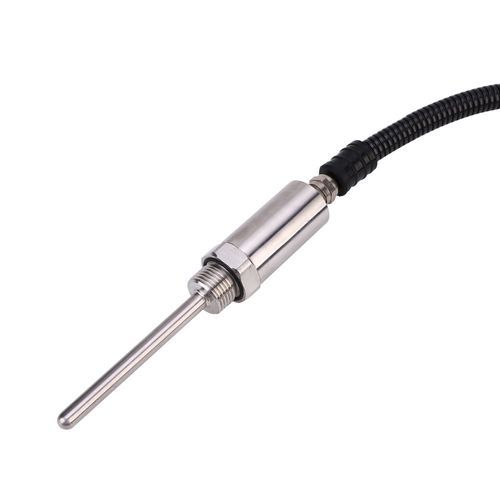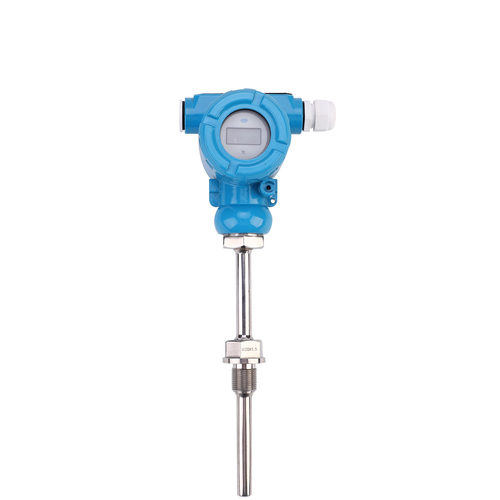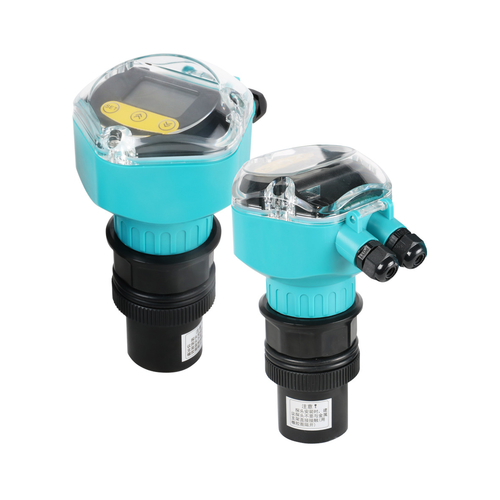What is the difference between liquid level sensor and water level sensor?
2024-03-22
Liquid level sensors and water level sensors are both used to measure the amount of liquid in a container or tank. However, there are some differences between the two sensors that make them suitable for different applications
What is a liquid level sensor?
Liquid level sensors are devices designed to detect and measure the level of liquid substances in a container or tank. These sensors use different detection methods, such as pressure, capacitance, or ultrasonic waves, to determine the height of the liquid level. They then convert this measurement into an electrical signal that can be read and interpreted by a control system.
What is a water level sensor?
Water level sensors are specifically designed to measure the level of water in a container or tank. They work on the same basic principle as liquid level sensors, using various detection methods to determine the height of the water level and convert it into an electrical signal.
Types of Sensors
There are various types of liquid level sensors, including float sensors, ultrasonic sensors, capacitive sensors, and pressure sensors. Float sensors, also known as float switches, use a buoyant object attached to a lever arm to detect fluid levels. When the liquid level rises or falls, the float moves with it, triggering a switch that produces an electrical signal.
Ultrasonic sensors work by sending high-frequency sound waves towards the liquid's surface and measuring the time it takes for the sound waves to bounce back. Based on this measurement, the sensor can determine the distance to the liquid level.
Capacitive sensors use a probe or electrode to detect changes in the capacitance of the surrounding material. As the liquid level changes, the capacitance between the probe and the liquid changes, which is then converted into an electrical signal.
Pressure sensors, as the name suggests, use pressure to determine the liquid level. They have a diaphragm or a membrane that flexes as the liquid level changes, causing changes in the pressure, which is converted into an electrical signal.
Water level sensors typically use the same detection methods as liquid level sensors, but they are designed specifically for measuring water levels. They may also have additional features such as sediment filters, anti-fouling coatings, or temperature compensation.
Applications
Both liquid level sensors and water level sensors are widely used in various industries and applications. Some common applications of liquid level sensors include monitoring fuel levels in tanks, detecting liquid leaks, measuring liquid flow rate, and controlling liquid levels in industrial processes.
Water level sensors, on the other hand, are commonly used in applications such as monitoring water levels in wells, tanks, and rivers, controlling irrigation systems, and measuring water consumption in residential and commercial buildings. They are also used in environmental monitoring to measure water levels in lakes and rivers for flood control and water quality management.
Accuracy and Precision
One of the key differences between liquid level sensors and water level sensors is their accuracy and precision. Water level sensors are designed specifically for measuring the level of water, and they tend to have higher accuracy and precision compared to liquid level sensors.
Since liquid level sensors are used to measure various types of liquids, they may not always provide the same level of accuracy and precision when measuring water levels. Factors such as the type of liquid, temperature, and container material can affect the sensor's performance, leading to potential measurement errors.
Maintenance and Durability
Another difference between liquid level sensors and water level sensors is their maintenance and durability. Water level sensors are designed to withstand constant exposure to water, and they may have features such as corrosion-resistant coatings or self-cleaning mechanisms to improve their durability.
Liquid level sensors, however, may require more frequent maintenance and may not be as durable when exposed to corrosive or abrasive liquids. For instance, float sensors can get stuck or become damaged if they come in contact with solid materials floating in the liquid, while ultrasonic sensors may experience interference from foaming liquids or vapor in the tank.
Cost
The cost of a liquid level sensor or a water level sensor can vary depending on the type of sensor, its features, and the manufacturer. In general, water level sensors tend to be more expensive than liquid level sensors due to their higher accuracy and durability requirements.
Liquid level sensors have a wider range of applications, which can lead to a lower cost compared to water level sensors. However, the cost can vary significantly between different types of sensors, with ultrasonic sensors generally being more expensive than float sensors, for example.
Environmental Factors
Both liquid level sensors and water level sensors can be affected by environmental factors such as temperature, humidity, and pressure. However, water level sensors are designed to withstand these factors, which can be crucial in applications where accuracy and consistency are vital.
For instance, water level sensors used in weather stations must be able to operate in extreme temperatures, high humidity, and changes in atmospheric pressure. On the other hand, liquid level sensors may require additional calibration or compensation for these factors, depending on the detection method and the type of liquid being measured.
Changsha Taihe Electronic Equipment Co., Ltd specialized in manufacturing and selling pressure sensors, pressure transmitters, liquid level sensor, temperature transmitter, automation instrument and system. Based on Central South University (CSU), implemented the quality management system of ISO9001. declared several of national invention patents etc.
How do I choose a level sensor?
1. Determine the type of level measurement required: Before choosing a level sensor, first determine what type of level measurement is needed for your application. This can include continuous level measurement, point level measurement, or both.
2. Consider the environmental conditions: The environment in which the level sensor will be used is an important factor to consider. Factors such as temperature, pressure, presence of chemical or corrosive substances, and vibration can affect the performance and durability of the sensor.
3. Understand the type of material being measured: Different materials, such as liquids, solids, and powders, require different types of level sensors. This is because the material's properties, such as density, viscosity, and conductivity, can impact the accuracy and reliability of the level measurement.
4. Determine the measurement range and accuracy required: Based on the height or depth of the material to be measured, determine the required measurement range of the sensor. Also, consider the level of accuracy needed for your application.
5. Choose the appropriate technology: There are various types of level sensor technologies available, such as ultrasonic, radar, capacitance, and hydrostatic, among others. Each technology has its strengths and limitations, so choose the one that best fits your application requirements.
6. Consider the installation and maintenance requirements: The installation and maintenance of the sensor should also be taken into account. Some sensors require special mounting or calibration, while others may need frequent maintenance. Choose a sensor that is easy to install and maintain to minimize downtime and reduce costs.
7. Consider the price and overall cost: Cost is an important factor when choosing a level sensor. However, it is important to consider the overall cost, including installation, maintenance, and potential downtime, rather than just the initial price of the sensor.
If you need related products, please feel free to contact us at any time.
Mr. William
Tel: +86-19118913383
WhatsApp: 8613617312540
WeChat: 19118913383
Email: info@csppm.com
Read More




